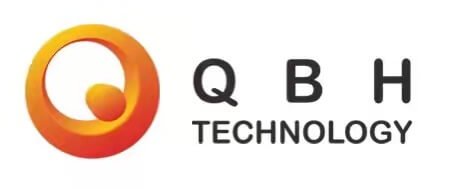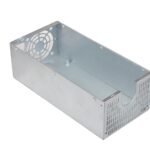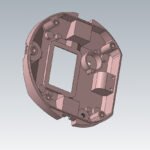If we look around, there are a lot of products that we use in our day-to-day lives, either directly or as a means of service. A product is an item or a service developed to cater to the specific needs of individuals or businesses. In simpler terms, a product is something that is used or consumed. Speaking of the manufacturing industry, with the advent of QBH technology and automation tools such as cnc machining, these days there has been significant improvement in the development of products in this industry.
What is Product Development?
Since the end objective of a product is that it must be useful, a wide spectrum of meticulous processes goes behind developing a product. So, in a nutshell, product development can be described as a process of taking a basic idea, brainstorming over it, building it and finally launching it into the market.
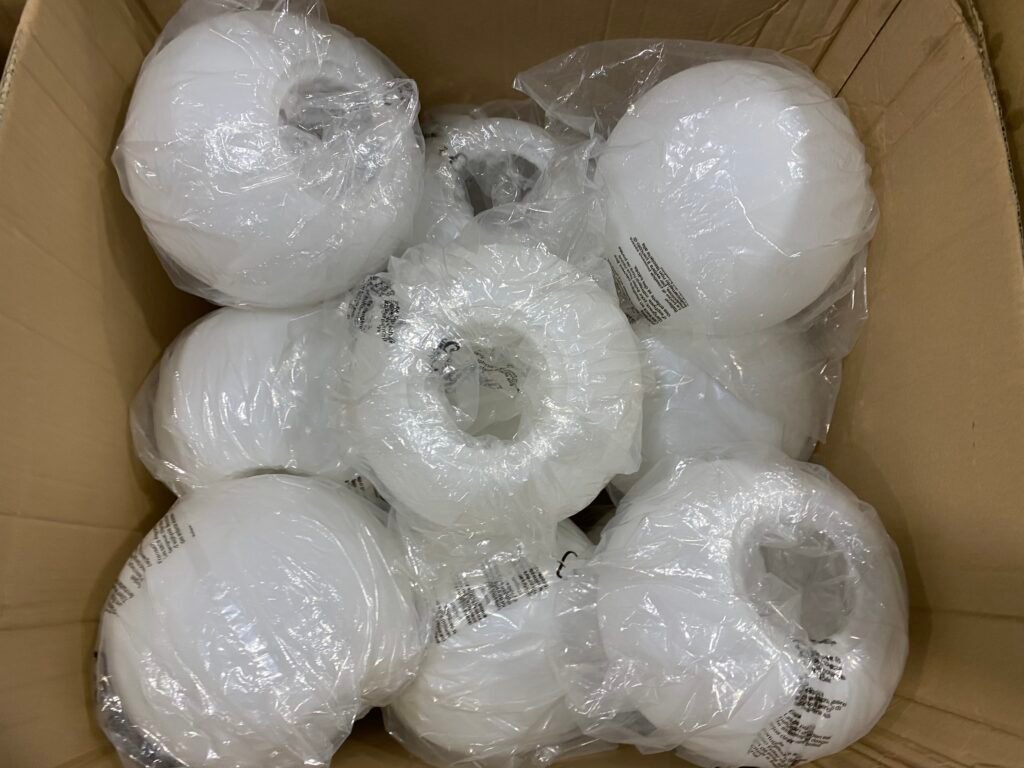
Need for Product Development
Product development is directly linked to the brand visibility and growth of a company or an industry. There is always a scope for improving a product and making it better for the consumer to use, take for example a product that improves sheet metal fabrication, suddenly there will be takers for the product and more and more such products will start making a presence in the market, thereby benefiting the end-user.
Product Development Stages
1. Idea Generation
All great products ever developed were once a great idea. Thus, the first stage of the product development process begins by generating ideas, a lot of them and then brainstorming over them to shortlist one that sticks out. A great approach during this idea generation process is to ask questions w.r.t the target group, their problems and whether the product would be able to solve those problems. The ideas can come from internal sources such as the employees working in the company or external sources such as distributors or even customers themselves after all they are the ones who must find value in the product.
2. Market Research
After zeroing on the idea, find out if there is any other similar product already in the market. If yes, then brainstorm on how you can make a product that is better than the ones already available. At the same time, carry out surveys to find out if there is an actual need for such a product in the market and whether or not it will be able to solve an existing problem of the target customer.
3. Designing
So now you are sitting on a great idea, one which actually solves a problem and has a decent enough need in the market. Next comes the designing stage of the product development process. The designing process itself consists of multiple levels, right from a basic sketch to the development of the 3D model of the product. The 2 important factors that distinguish a good design from poor ones are the attention to detail and it being user-friendly.
4. Prototyping
With the design finalized, we move to the next and one of the most significant stages in the product development process. This stage is the prototyping stage, on which depends whether or not the product will be accepted in the market. Prototype in simpler terms, is the product and the idea behind it coming to life while the product is still in the developing or evolving phase. A prototype manages to give an almost complete idea of how the product would work.

5. Testing
As the name suggests, testing is done post the prototype phase and is done to gauge the outcome of the developed product. In the testing stage, the developed product is set out in the real world but only to a select target group. The companies then collects review, feedback and suggestions from these target groups and then go on to implement the changes deemed necessary to make the product better.
6. Product Development
The testing and the product development stage is a cyclic process. The product is developed, it is then sent out to the select customers and based on their feedback, improvements are made in the product. The improved product is then again sent to the same or different set of customers and once again the product is enhanced based on their feedback and suggestions. The product development stage goes on until there are no more such changes or the company is completely satisfied with the product
7. Marketing and Launch
Have you ever been surprised by someone not using a product, that you personally find very beneficial? The only reason for such a scenario is the company or brand faltering at marketing the product well. Of what use is a product, when the customers don’t even know about it. After putting so much effort into ideating and developing a product, the last thing a company would want is losing on revenue and growth due to poor or insufficient marketing strategy. So make it a point to develop a great marketing plan and top-notch campaign to launch the developed product in the market.
Role of a Team in Product Development
Since product development involves a lot of processes, it becomes equally important that the different teams involved such as the design team, the marketing team, the sales team work together and in tandem with a vision of developing not just a product but bringing about a change that can benefit the customers and lead to the growth of the company and the industry at large.
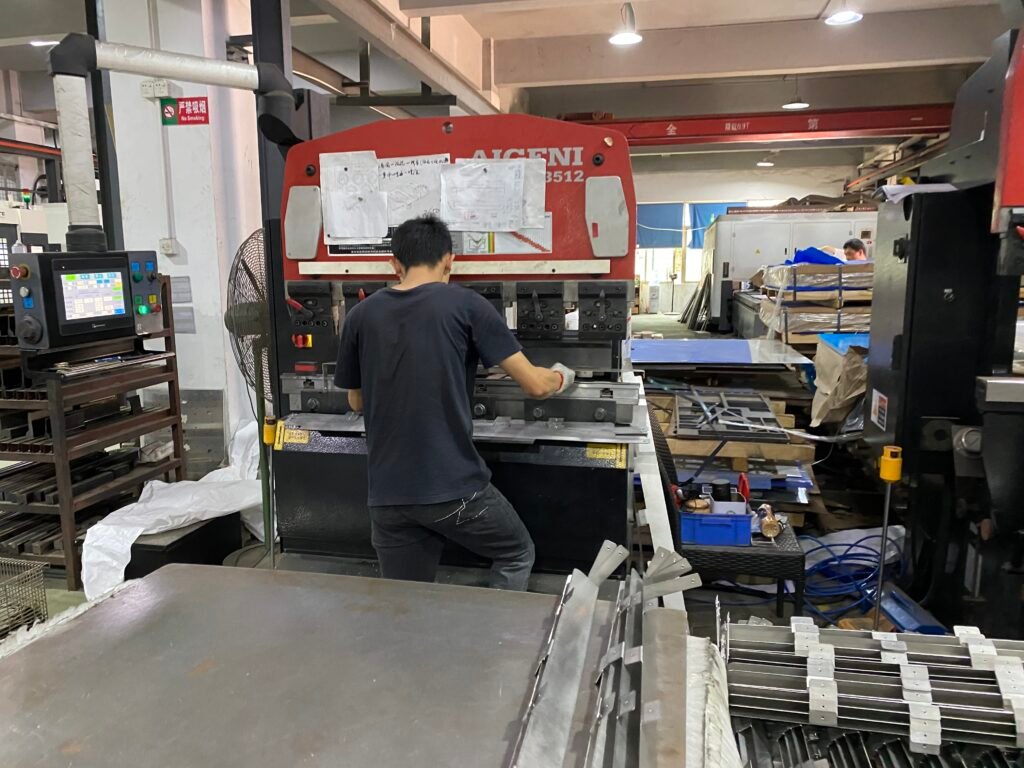
Post Product Development
While the product development process ends, once the product gets launched into the market, there is another very important step which should be followed post the launch of the product. The step that we are emphasizing is “Review and Analysis”. This is even more paramount in the manufacturing industry where processes such as CNC machining and sheet metal fabrication and technology such as QBH technology are deployed to develop a product.
Analyze whether the product met the set expectations and targets? Review the steps from the product development process that need to be improved? The analysis backed with data helps industries to take the relevant steps and come up with strategies to enhance the product or any other aspect related to the product development process. Thus, helping the product making companies put out a better and improved version of the product for next time.
